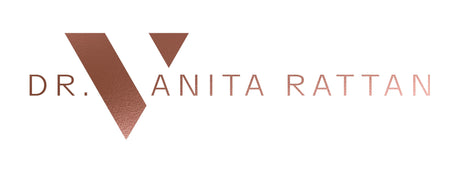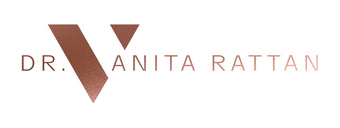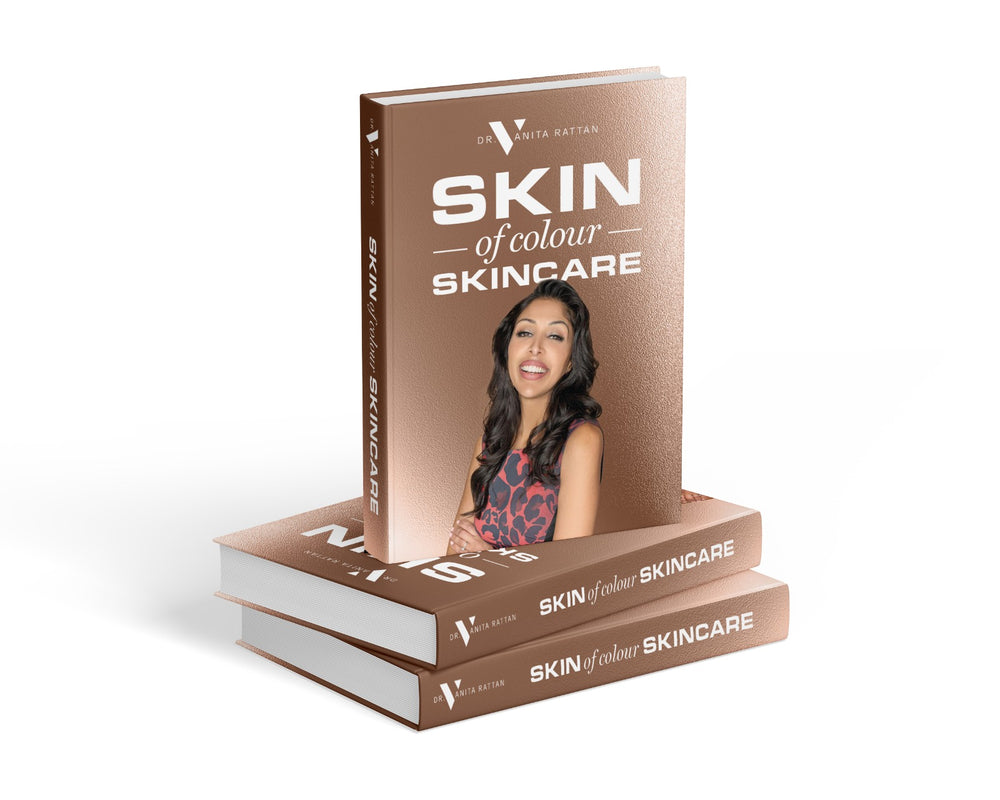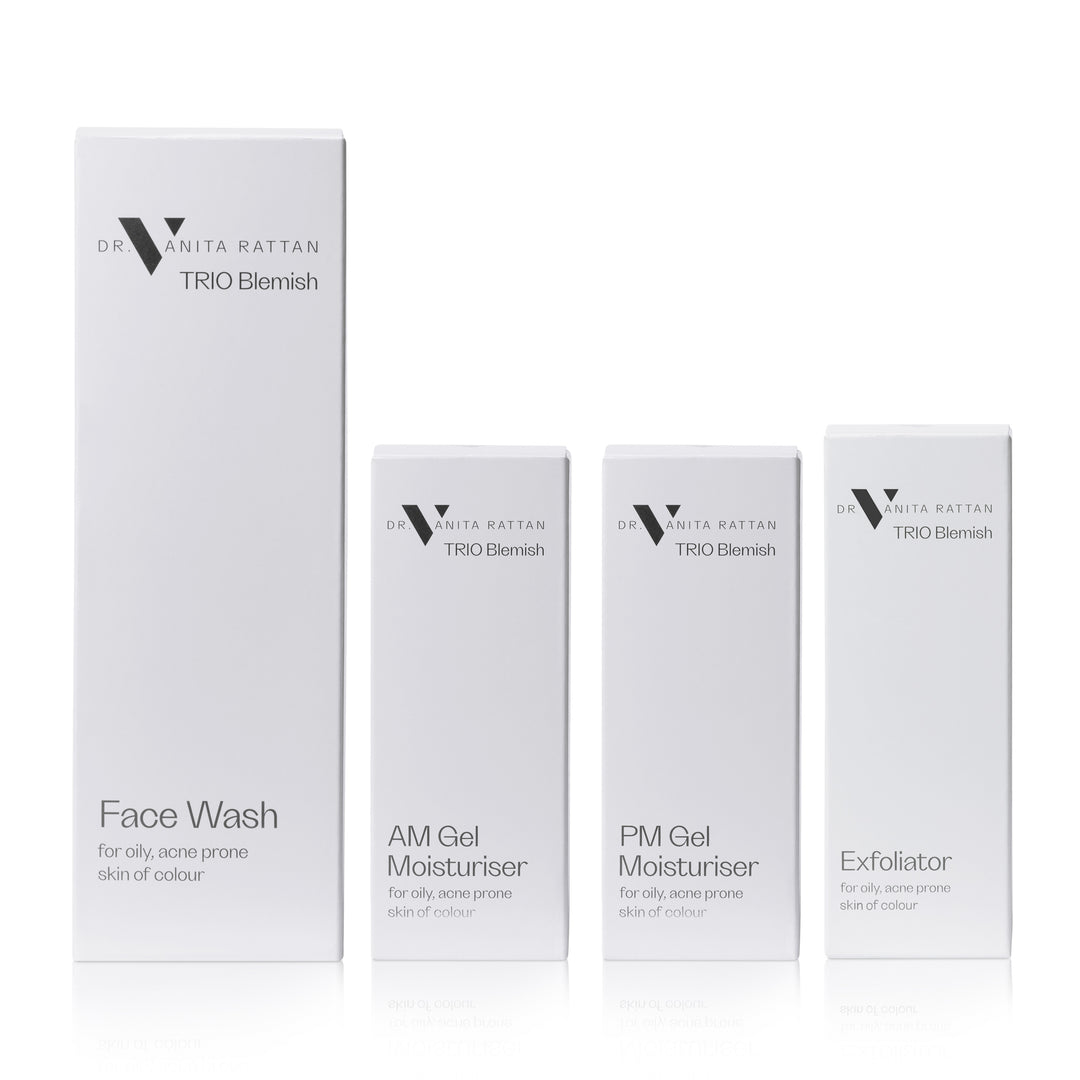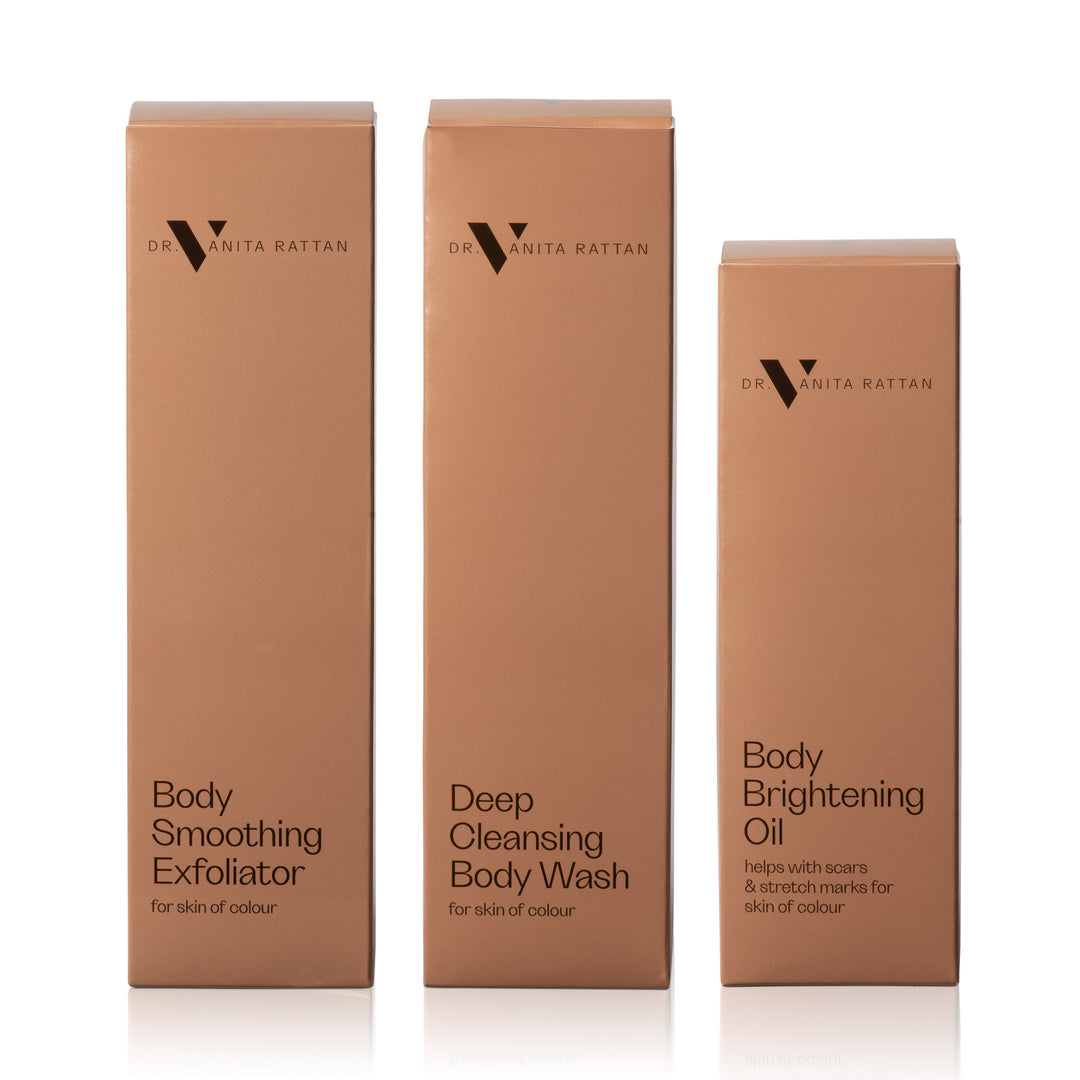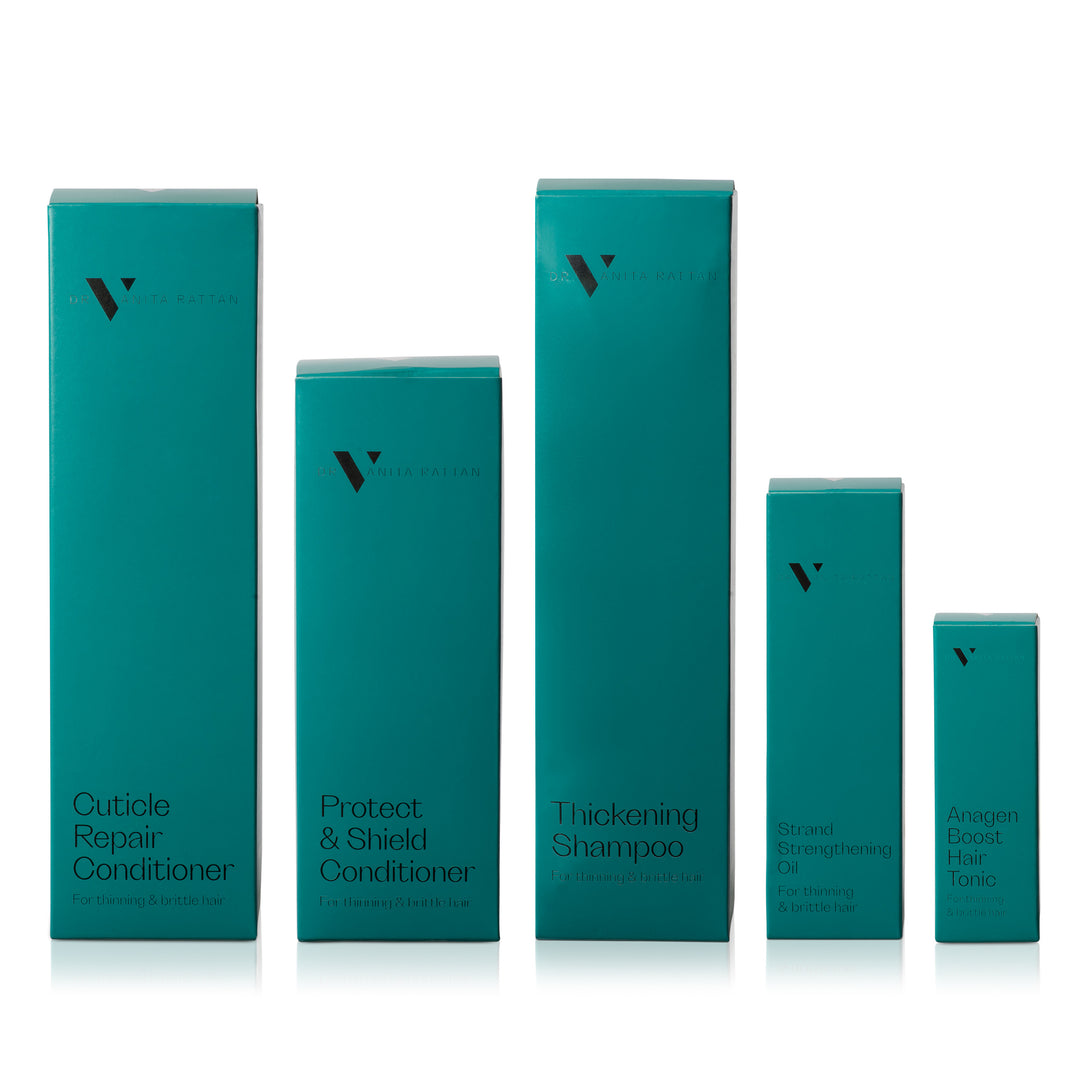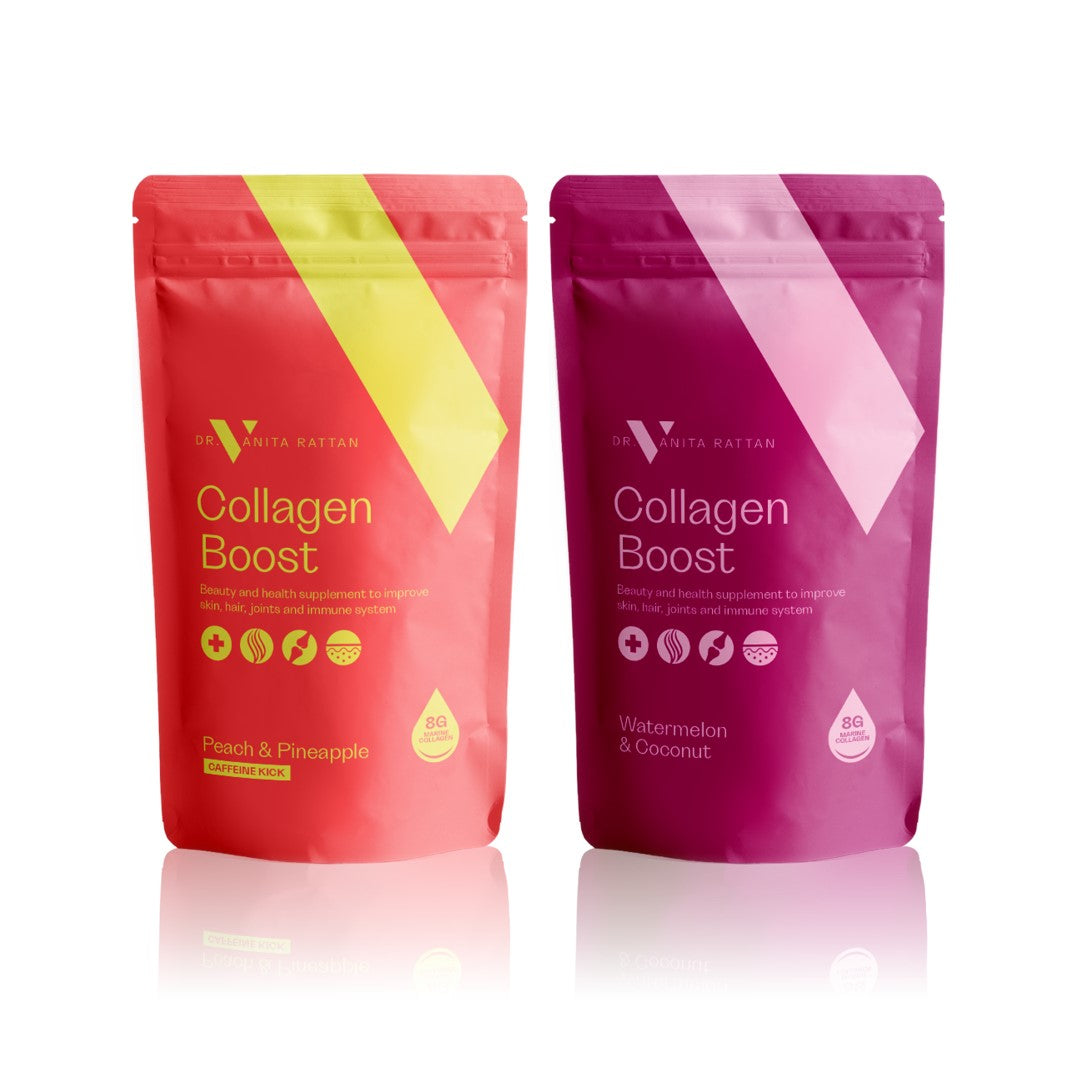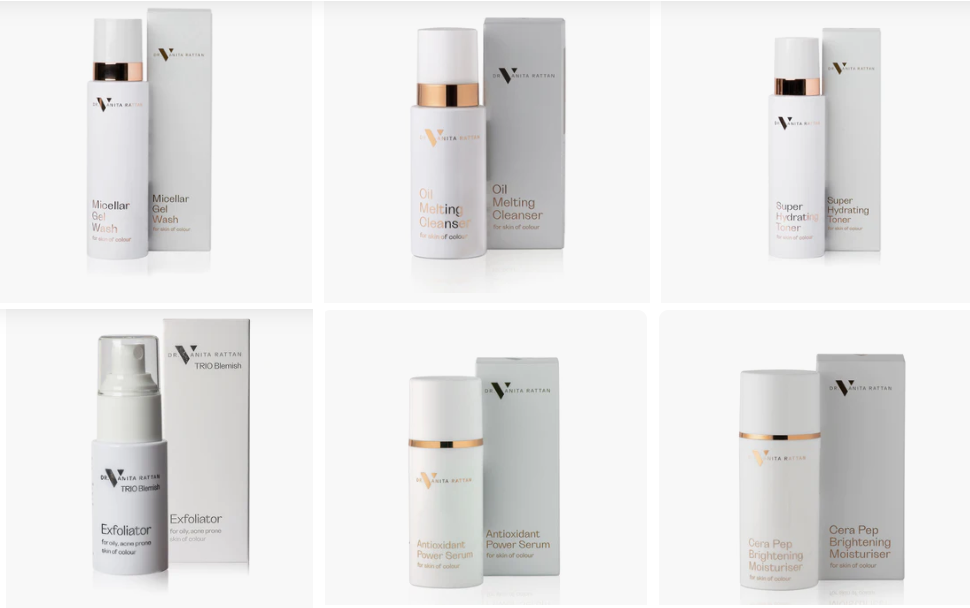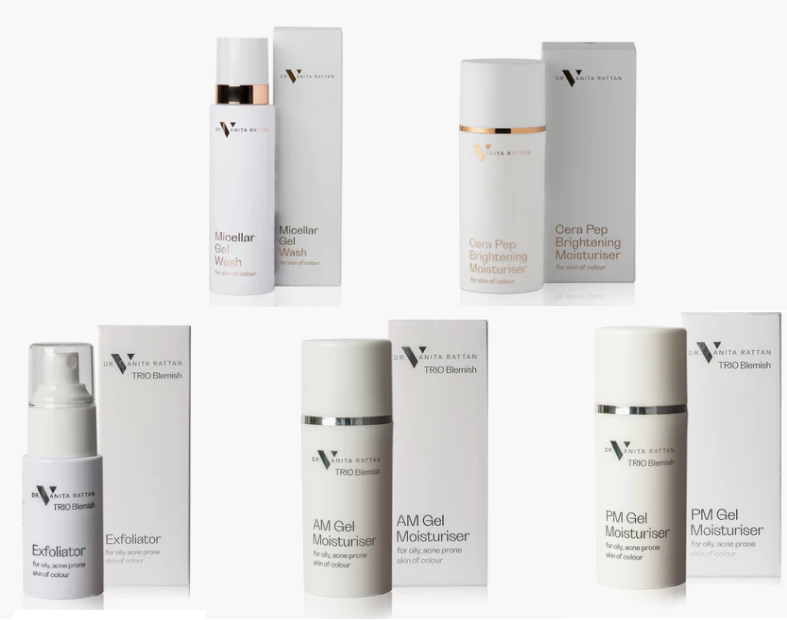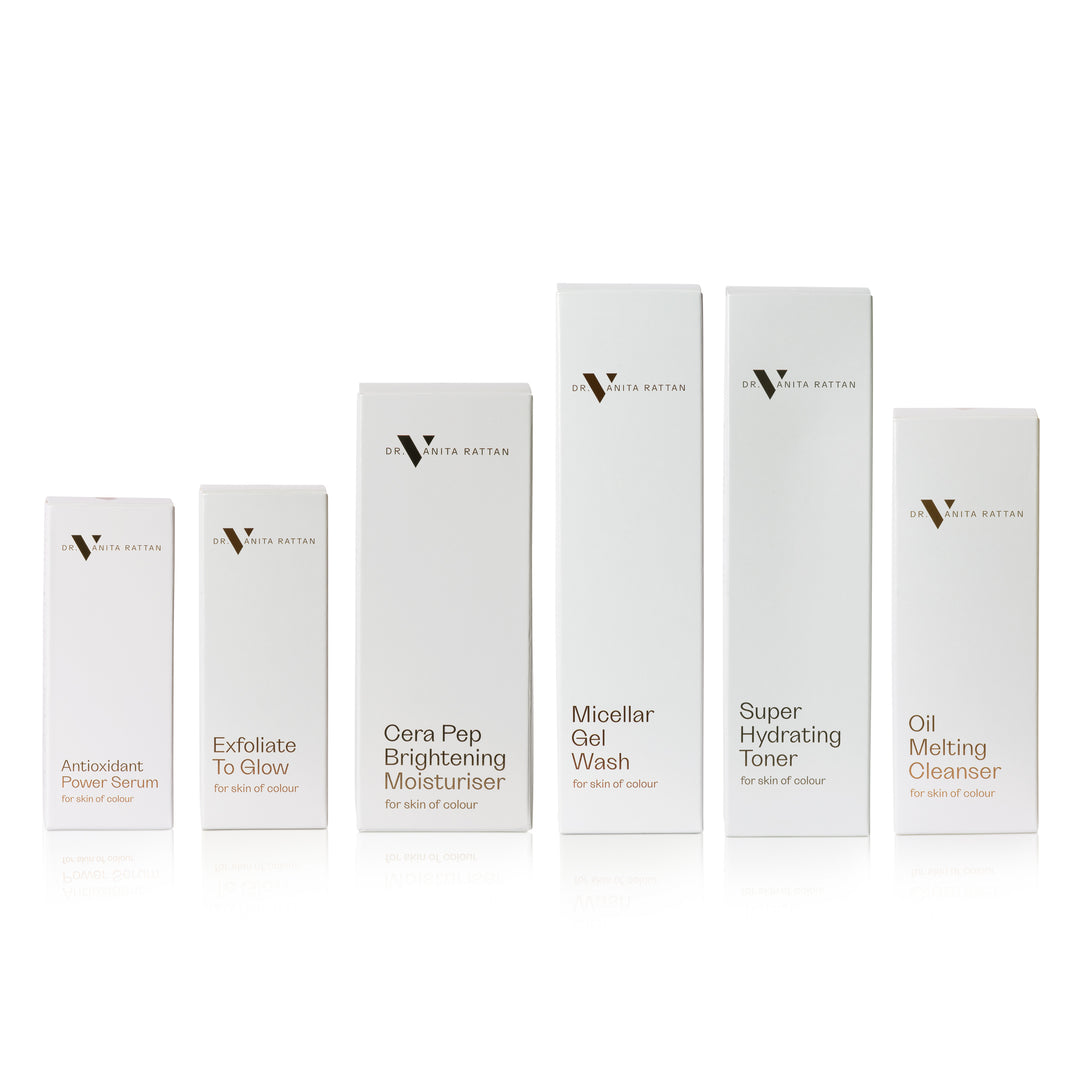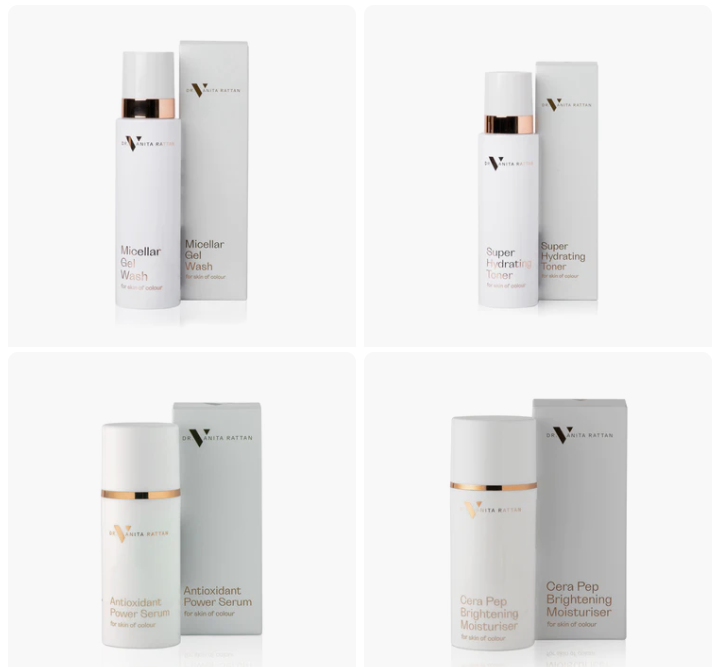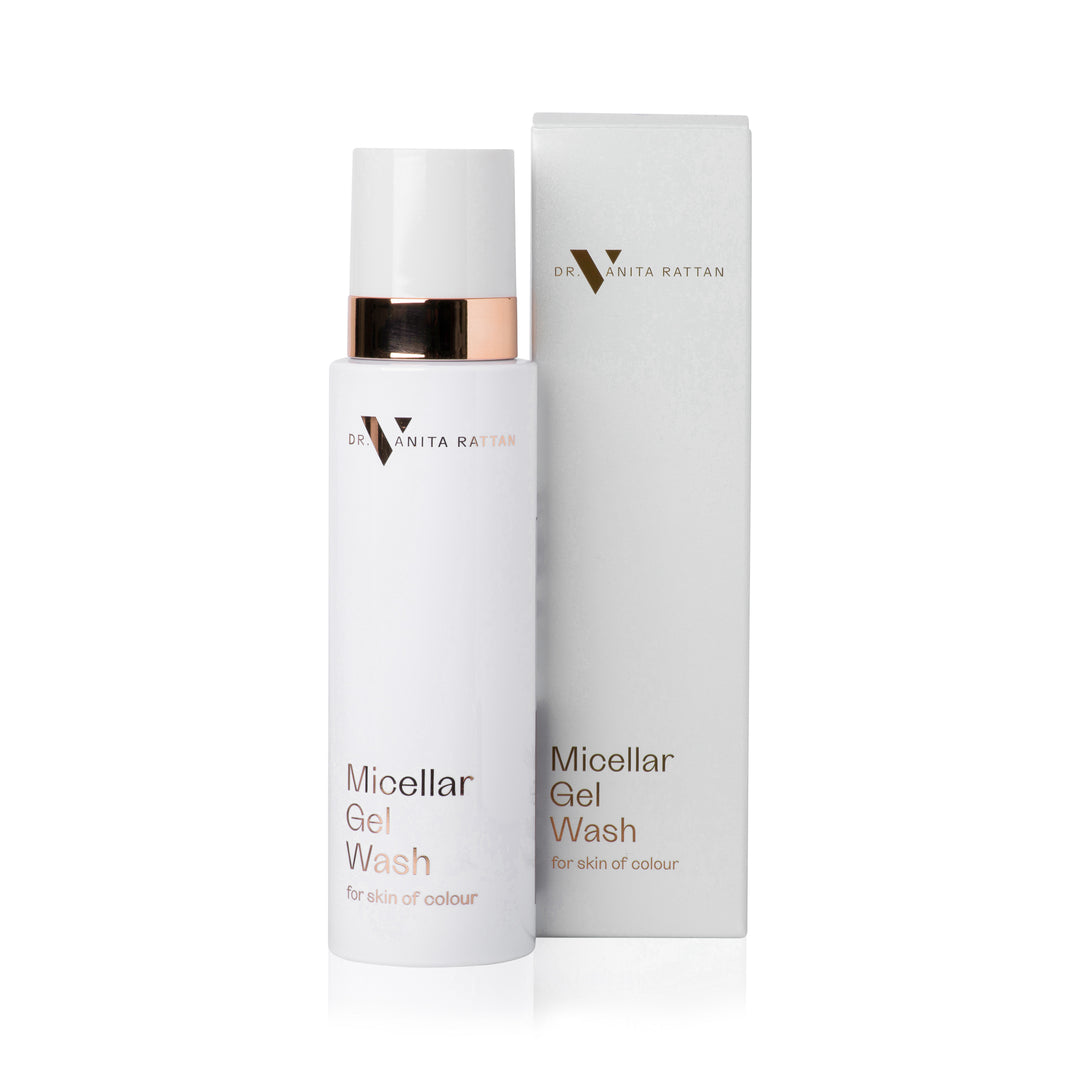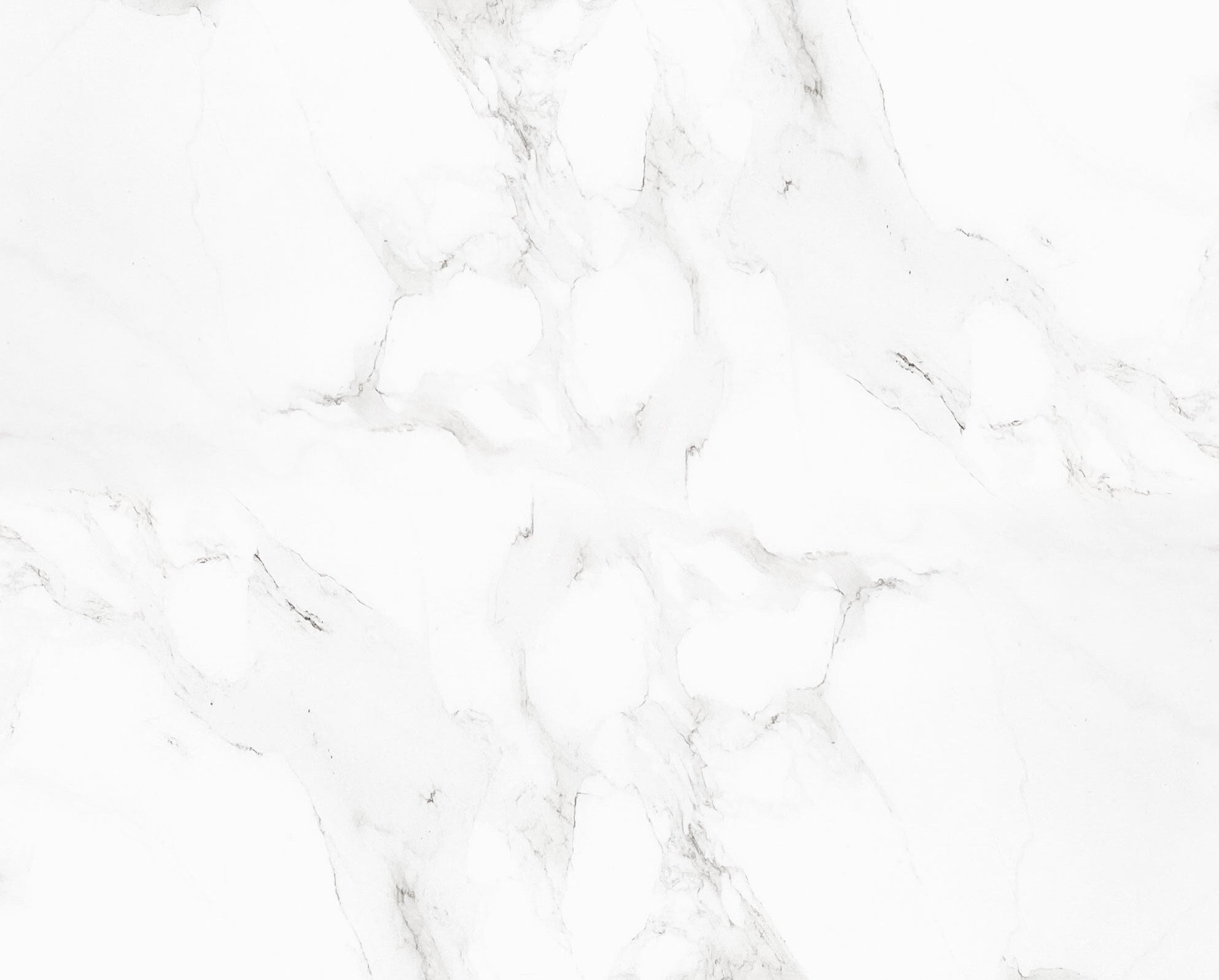ABOUT HYPERPIGMENTATION
WHAT IS HYPERPIGMENTATION?
Hyperpigmentation is the excess production of the skin pigment melanin, appearing as localised patches which are darker than the surrounding skin. The patches are typically non-raised, as the hyperpigmentation occurs beneath the top layer of skin.
WHO GETS IT?
Hyperpigmentation occurs in all skin types, however people with darker skin tones are more prone to it. Those of Asian, African and Mediterranean origin can get it with greater frequency and severity.
WHAT ARE THE MAIN CAUSES?
Acne, Ageing, Sun damage, Pregnancy & Eczema are the most common causes.
WHAT ARE THE MAIN TYPES?
There are three main types of hyperpigmentation:
Post-Inflammatory Hyperpigmentation (PIH) – This occurs following skin injury e.g. from acne lesions or laser burns.
Melasma – This is caused by hormonal fluctuations (e.g. pregnancy, post-pregnancy, menopause), birth control pills, and hormone replacement therapy are some of the common causes.
UV damage – UV light stimulates melanocyte activity, producing excess melanin & dark spots/patches. As Asian, Middle Eastern and African skin is more exposed to the sun, this factor plays a larger role in darker skin hyperpigmentation. The effect is the same in those whose ancestors originate from Asia & Africa, as their melanocytes are still larger & more easily triggered.
** Quite often, darker hyperpigmentation is a combination of PIH/Melasma AND UV damage, which is why SPF50 sun protection is recommended, no matter what the underlying cause **
What are the common treatment options?
Chemical peels, Hydroquinone products, Laser and Micro-dermabrasion are the four main treatments available.
A) Chemical peels
In darker skin, the usual Glycolic/TCA peels can lead to ‘hot spots’ where penetration is very quick. This can lead to burns and Post Inflammatory Hyperpigmentation (PIH) in darker skin types.
B) Hydroquinone products
This is the typical prescription by dermatologists but can lead to rebound hyperpigmentation, which is more severe and resistant to treatment. Hydroquinone is a restricted substance and must be used with great care.
I do not use Hydroquinone in any of my products due to the potential for rebound hyperpigmentation.
C) Laser
This can be effective in Caucasian skin, but can cause many problems for Asian & Black skin due to high chance of Post Inflammatory Hyperpigmentation (PIH)
Lasers work by photothermolysis. This means a particular laser wavelength is attracted to pigmented areas. However, this is not ideal for darker skin types where there is less difference between the dark lesion and the surrounding skin. Laser should be used with caution in darker skin where there may be ‘scatter’ of this energy.
Laser works well in Caucasian skin, where the surrounding skin does not absorb this energy, and all its energy goes to the targeted pigmented area. Unfortunately, in brown skin, the pigment-producing cells are large & quick to over-react to this heat, causing PIH.
In addition, laser can totally destroy melanocytes, leading to hypopigmentation (white patches) in all skin tones. This risk is non-existent in our products, as they are not melano-toxic (destroys melanocytes).
D) Micro-dermabrasion
This is the mechanical removal (rubbing) of the superficial layer of dead pigmented skin cells. This can irritate the skin causing PIH and cannot be used in Acute Inflamed Acne. Although micro-dermabasion will give you a smoother and clearer complexion, the effect is temporary, as the melanocytes are still overactive causing hyperpigmentation to reappear later.
IN SUMMARY: The typical treatments above are suitable for Caucasian skin but should be avoided by all people with darker skin tones. PIH can result from TCA/Glycolic peels, Laser and Microdermabrasion. Rebound hyperpigmentation can result from Hydroquinone.
THE SOLUTION
Multi-tyrosinase inhibitor creams, specifically designed for skin of colour at the correct percentages (for high performance and side-effect minimisation).
See the full range for your specific hyperpigmentation concerns.
